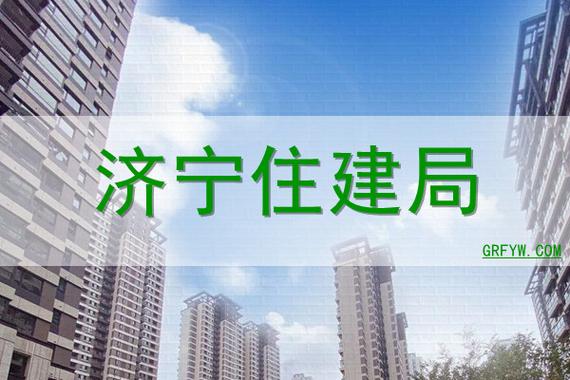 摘要:
**Title:EnhancingPublicEngagementandTransparency:StrategiesforDesigninganEffectiveWebsitef...
摘要:
**Title:EnhancingPublicEngagementandTransparency:StrategiesforDesigninganEffectiveWebsitef... Title: Enhancing Public Engagement and Transparency: Strategies for Designing an Effective Website for Jining Real Estate Management Bureau
Introduction
In today's digital age, an effective online presence is essential for governmental organizations to communicate with citizens, provide services efficiently, and promote transparency. A welldesigned website serves as a gateway for citizens to access information and interact with the government. This article explores strategies for designing an effective website for the Jining Real Estate Management Bureau, focusing on enhancing public engagement and transparency.
1. UserCentric Design
The cornerstone of an effective website is a usercentric design. Prioritize simplicity and intuitive navigation to ensure users can easily find the information they need. Conduct user research to understand the needs and preferences of citizens in Jining regarding real estate management services. Incorporate feedback mechanisms such as surveys or feedback forms to continuously improve the website based on user input.
2. Clear and Accessible Information
Provide clear and concise information about the functions, services, and responsibilities of the Jining Real Estate Management Bureau. Organize content in a logical manner and utilize headings, bullet points, and summaries to improve readability. Ensure accessibility for all users, including those with disabilities, by adhering to web accessibility standards such as WCAG (Web Content Accessibility Guidelines).
3. Interactive Features
Integrate interactive features to enhance user engagement and facilitate communication between citizens and the bureau. Implement online forms for submitting inquiries, complaints, or applications related to real estate matters. Develop a searchable database of property records, allowing citizens to access information such as ownership details, transaction history, and property assessments.
4. Transparency and Accountability
Promote transparency by providing access to relevant documents, reports, and policies related to real estate management in Jining. Publish meeting minutes, annual reports, and financial statements to demonstrate accountability to the public. Ensure that information is kept uptodate and easily accessible to foster trust and credibility.
5. Multilingual Support
Given the multicultural diversity in Jining, consider offering multilingual support to accommodate nonnative Chinese speakers. Translate key content into commonly spoken languages in the region to ensure inclusivity and accessibility for all residents. Implement language switch functionality to allow users to toggle between different language options seamlessly.
6. Mobile Optimization
Incorporate responsive design principles to ensure compatibility with various devices, including smartphones and tablets. Optimize the website layout and functionality for mobile users to provide a consistent user experience across different screen sizes. Conduct regular testing to identify and address any usability issues on mobile devices.
7. Community Engagement Initiatives

Actively engage with the community through the website by promoting events, workshops, and educational programs related to real estate management. Provide resources and tools to help citizens better understand their rights and obligations as property owners or tenants. Foster a sense of community by featuring success stories, testimonials, and case studies from residents of Jining.
Conclusion
Designing an effective website for the Jining Real Estate Management Bureau requires a strategic approach that prioritizes user needs, transparency, and accessibility. By implementing usercentric design principles, providing clear information, integrating interactive features, and fostering community engagement, the bureau can enhance public engagement and promote transparency in real estate management. Continuous evaluation and improvement are essential to ensure the website remains relevant and valuable to the citizens of Jining.







